The Rimac River is a fundamental element within the urban structure and the imaginary of the city of Lima. It has been the seed of the city, a generator of resources, a site for iconic buildings, and a place for the recreation and enjoyment of Lima’s citizens. However, nowadays, it only reflects the neglectful and systematic deterioration it has suffered over the past decades. Its urban degradation and the construction of various mobility infrastructures have almost completely eliminated the historical, environmental, cultural, and social potential of what was once Lima’s most important green corridor.
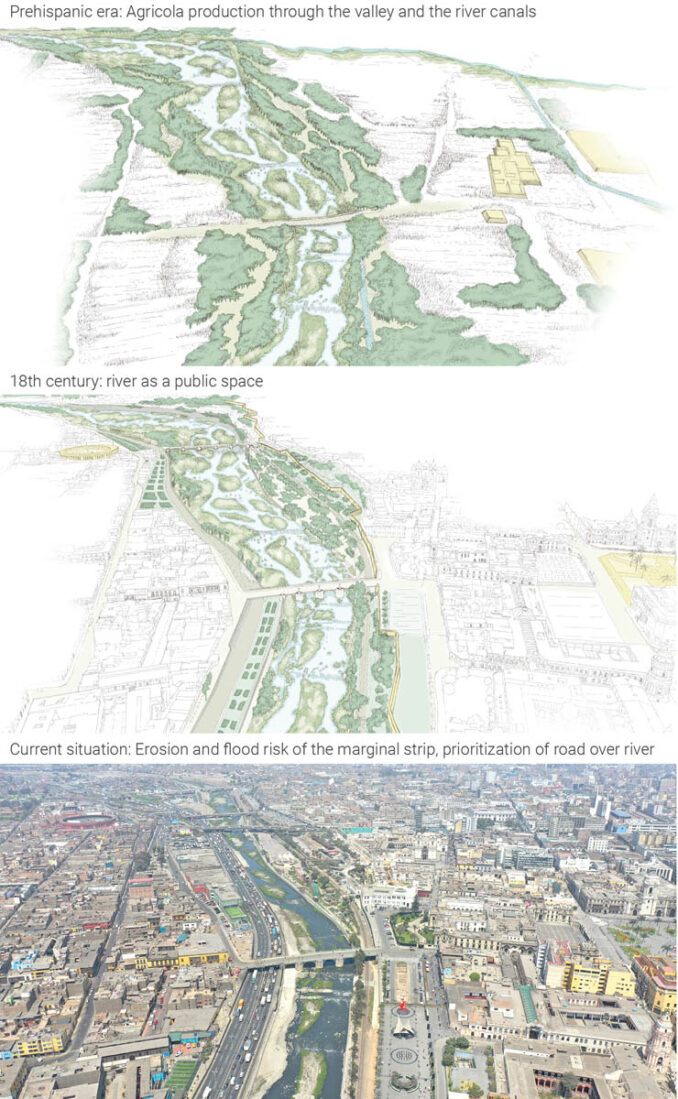
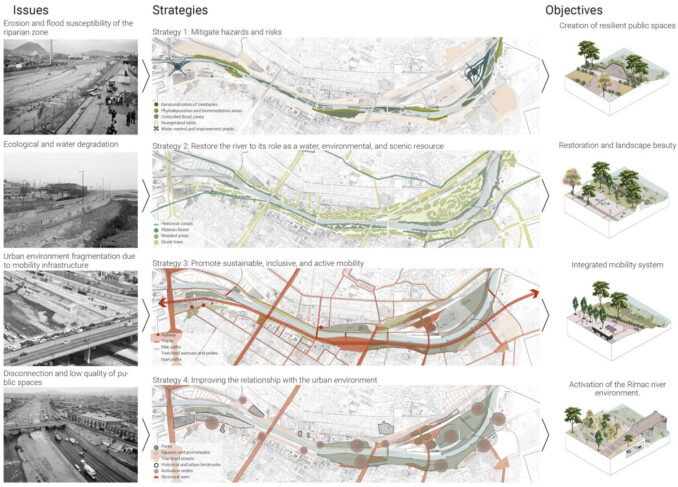
In response to this situation, and within the framework of the Master Plan for the Historic Center of Lima, PROLIMA – the Office for Planning, Management, and Recovery of the Historic Center of Lima – has been developing, since 2020, the Special Landscape Project for the Rimac River (PEPRR). Spanning nearly 4 kilometers and covering 175 hectares, it aims to restore the river’s role as a hydrological, environmental, and landscape resource for the city.
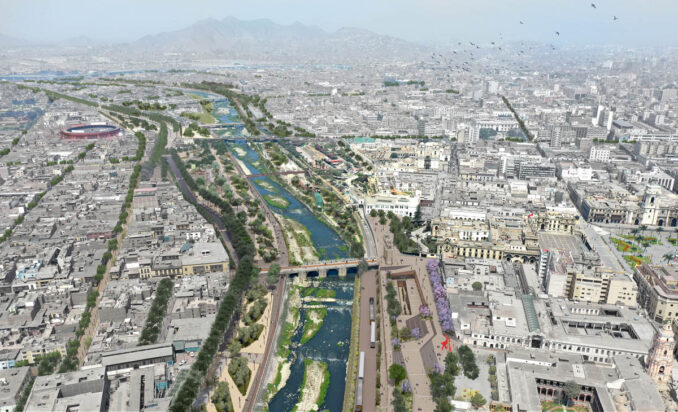
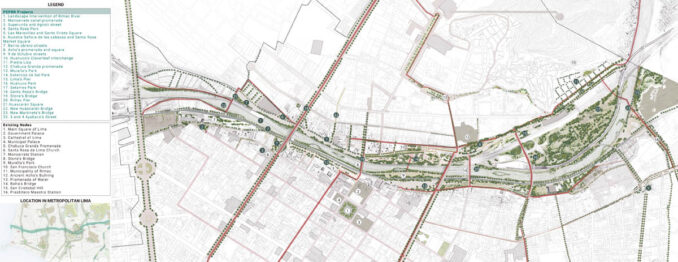
With this objective and the goal of laying the foundation for the creation of a future metropolitan ecological corridor, the project will be defined as an integrated system of accessible, sustainable, and safe public spaces that help to recover the river’s hydrological, urban, and historical landscape.
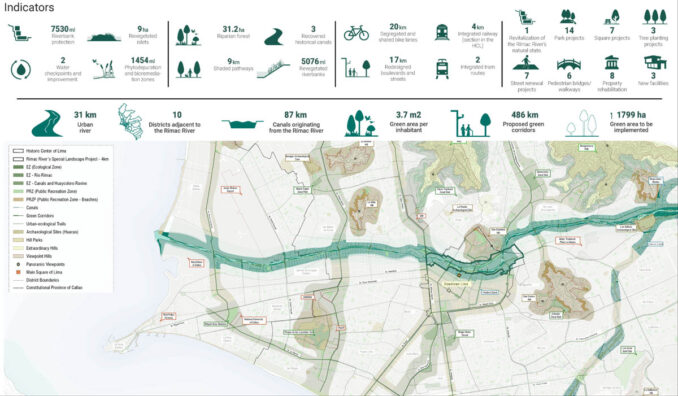
In order to achieve this, and based on the identification of the main problems affecting the Rimac River as it passes through Lima’s Historic Center (erosion and flood risk of the river space; ecological degradation of its canals and banks; disconnection and low quality of adjacent public spaces; and urban fragmentation caused by car-oriented mobility), PEPRR will pursue four general guidelines to address this hydrological-historical environment comprehensively:
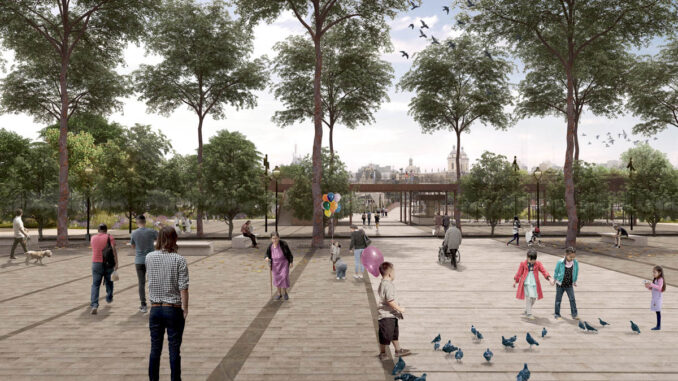
Mitigate the risks caused by erosion and flooding.
To favor the recreational use of the Rímac River, it will be essential to reduce vulnerability to cyclical risk episodes affecting this environment. This involves adopting a set of strategies that, following bioengineering guidelines and Nature-Based Solutions (NbS), will create safe and resilient urban-river spaces ready to face the effects of climate change.
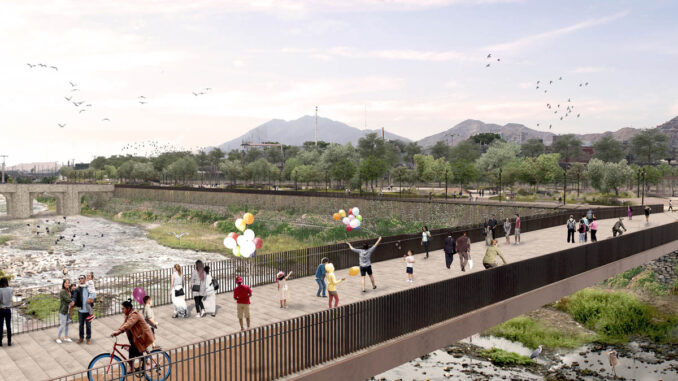
Promote sustainable, inclusive, and active mobility.
To reverse the car’s dominance, sustainable urban mobility criteria will be adopted, placing the citizen at the center and ensuring universal accessibility. Some of the actions to be taken will include reordering vehicular flows, locating parks and ride facilities, promoting intermodality nodes, creating an integrated network of bike paths, building pedestrian-only walkways, and implementing environmental corridors and riverside paths.
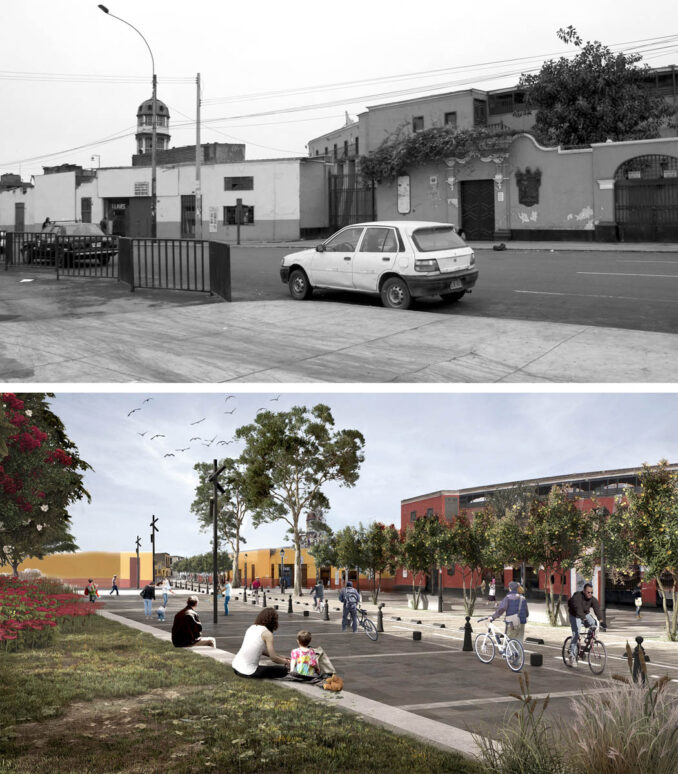
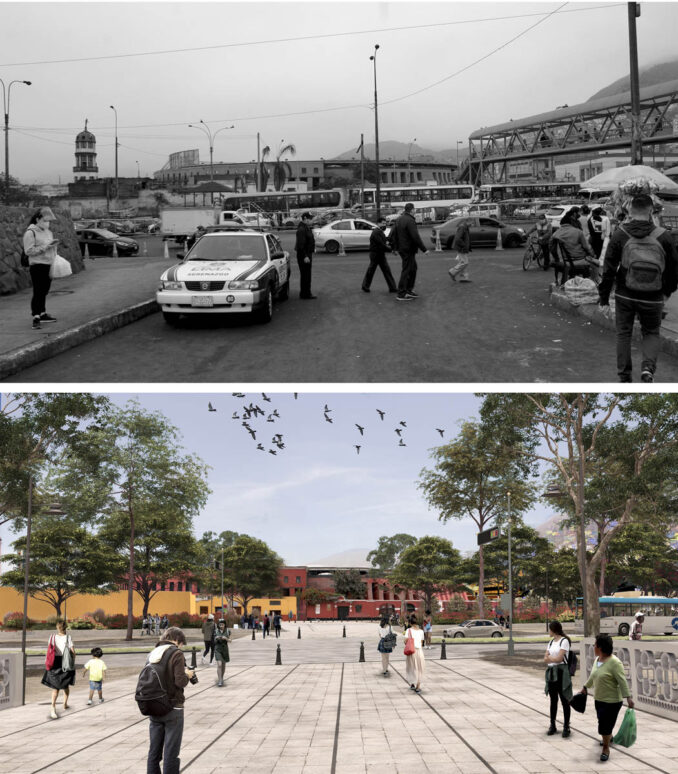
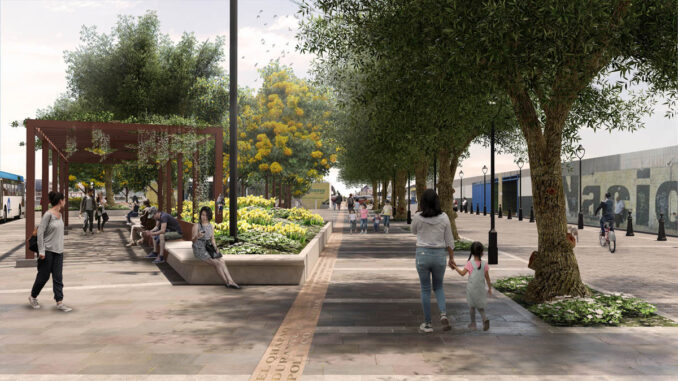
Restore the Rimac’s role as a hydrological, environmental, and landscape resource.
To reclaim the Rimac River’s environmental heritage, strategies focused on active environmental restoration will be proposed, such as phytoremediation spaces that facilitate aquifer recharge and the creation of wetlands and river islands that generate ecotones and promote habitat regeneration for the endemic fauna of this river corridor.
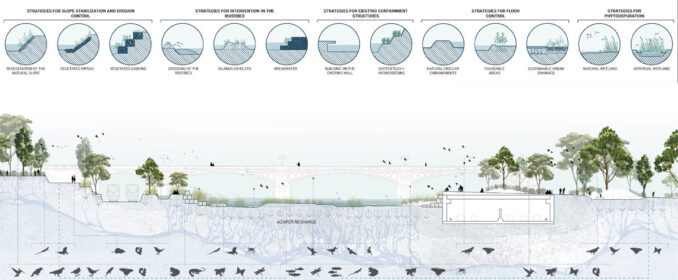
Improve the relationship between the urban environment and the Rimac River.
To “stitch” the adjacent urban fabric back to its river, a series of actions will be defined to mitigate the impact of various mobility infrastructures crossing this river environment. The burial of strategic sections and the creation of riverfront promenades or other riverside spaces as transition buffers will help recover the riverbank relationship, intensify recreational use, and foster social cohesion.
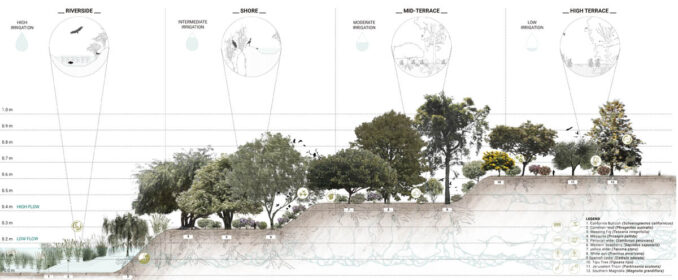
These four general guidelines will be materialized in the more than 70 strategic interventions that make up this project. These will greatly vary in nature, scale, and complexity, including plazas, street renovations, pedestrian walkways, riverside promenades, bridges, walkways, tree-lined avenues, and cultural interpretation projects.
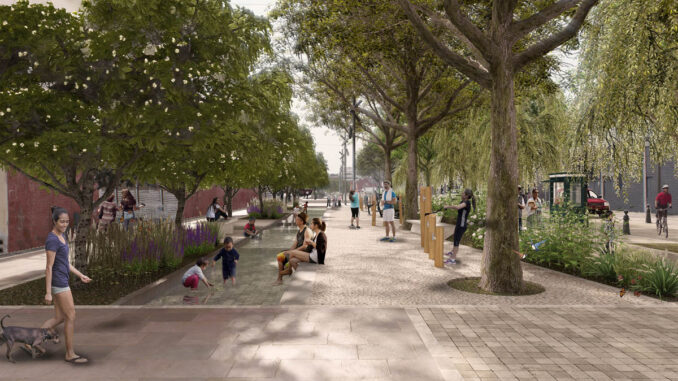
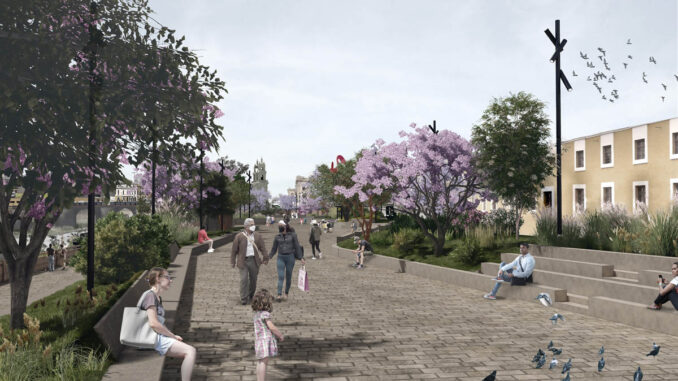
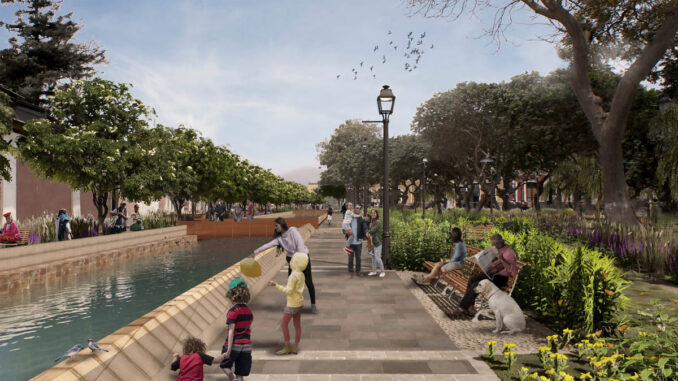
The environmental, social, and economic benefits of this project are enormous. The creation of vegetated river defenses, phytoremediation, and bioremediation zones, as well as the implementation of 11 new hectares of green areas, will substantially increase the number of inclusive and resilient recreational public spaces, enhancing the river’s role as an ecological corridor. Additionally, the commitment to empowering sustainable and active mobility will be reflected in the implementation of 20 km of bike lanes and the redesign of 17 km of roads to prioritize pedestrians and bicycles. All of this will significantly reduce environmental and noise pollution levels, resulting in a clear improvement in comfort and urban quality for the Historic Center.
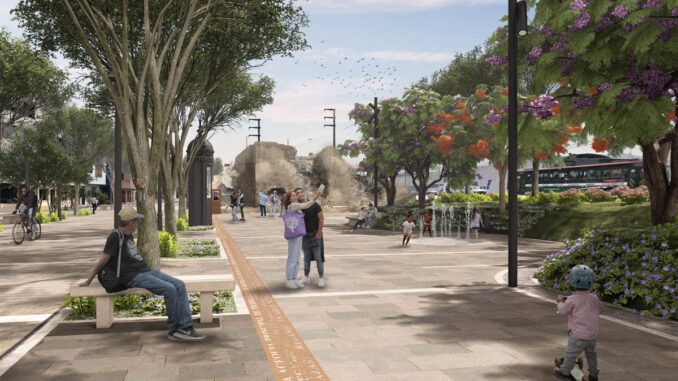
This global and integrative vision pursued by the Special Landscape Project for the Rimac River will help revitalize this historic environment, reconnect the community with its river, and lay the groundwork for the recovery of its hydrological, urban, and environmental landscape, becoming a catalyst for the regeneration of the Rimac River as the green corridor of the Lima metropolis.
Rimac River’s Special Landscape Project: Metropolitan Green Corridor for Lima’s Historic Center (Proyecto Especial Paisajístico Río Rímac – PEPRR)
Designer Credit: Luis Martín Bogdanovich, Juan Manuel Parra, Pedro Mendoza, Priscilla Cruz, Susana López
Collaborators/Other Consultants: Nadia Cabrera, Karen Canaza, Fiorella Guillén, Adriana Rojas, Mariana Leveau, Erika Ramos, Alexandra Llaxa, Claudia Calenzani, Mario De los Santos, Fernando Verástegui, Hans Sierra, Alfonso Díaz, Álvaro Hurtado, Víctor Rojas, Rodrigo Corazi, Rolando Carbajal, Álvin Ramos, Ana Lucia Almeyda, Marcos Rafael, Jose Fabián Jimenez, Isabella Abusada, Diego Negrón, Diego Andoa, Davis Bustinza, Ramy Salinas, Álvaro Ricaldi, Claudia Perea

Be the first to comment